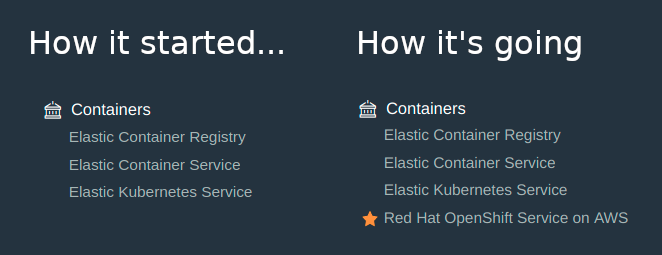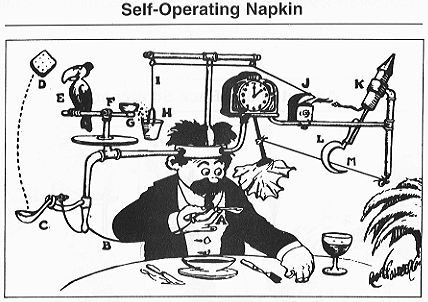It’s both exciting and nerve-wracking to develop highly visible production service platforms. Exciting, in that the ideation phase of creating a differentiated offering inspires “creatives” in the software engineering space to do their best work. Nerve-wracking, in that knowing the details of implementation, and what hit the editing room floor during planning/prioritization exercises, carries with it a certain sense of responsibility — especially if you end up being caught-out on any of those areas as “real usage” begins.
There was a fantastic paper written last year on the topic of creativity in software engineering. Highly encouraged reading, especially for software engineering managers, technical team leads, those involved in hiring/promotions and so forth.
In order to solve today’s complex problems in the world of software development, technical knowledge is no longer enough. Previous studies investigating and identifying nontechnical skills of software engineers show that creative skills also play an important role in tackling difficult problems.
Exploring the Role of Creativity in Software Engineering, Jan 2021, https://arxiv.org/pdf/2101.00837.pdf
For this blog, I’ll focus on the experience the team I led went through during the bring-up of a highly visible service launch scheduled for March, 2021 called Red Hat OpenShift on AWS (ROSA).
The ROSA service was a first-of-its-kind, first-party offering (transacted through Amazon) that would be added to the AWS console. That set the high bar for the team to deliver on what the business partnership between Red Hat and AWS had negotiated. Shortly thereafter additional first party services from partners were added to AWS console (Grafana has one at least). But indeed ROSA was the first 🙂

That led us within engineering to struggle a bit with not only quantifying readiness, but also a gut-check on whether we’d launch with a sufficiently differentiated offering that was compelling enough to drive sales and delight customers. Lessons from lean management, lean startup and so forth are salient here, and were appreciated and emphasized by both management and technical leaders who are responsible for our engineering culture.
I estimate that if you did a straw poll at the time about our readiness, the room would have been split 50/50 on a go/no-go. My impression on that split was that we all as humans have different “risk defaults” that play out more generally in our life (think about modulating risk in one’s investment portfolio). The leadership team’s feedback was “If you’re totally comfortable to launch, you’ve waited too long.” And that’s totally right. While we have very high standards not only for ourselves as engineers and SRE, but also for Red Hat as a whole in terms of reputational risk, getting out there into the market, and building the the habit of “going to the Genba” is the correct and primary path to success.
